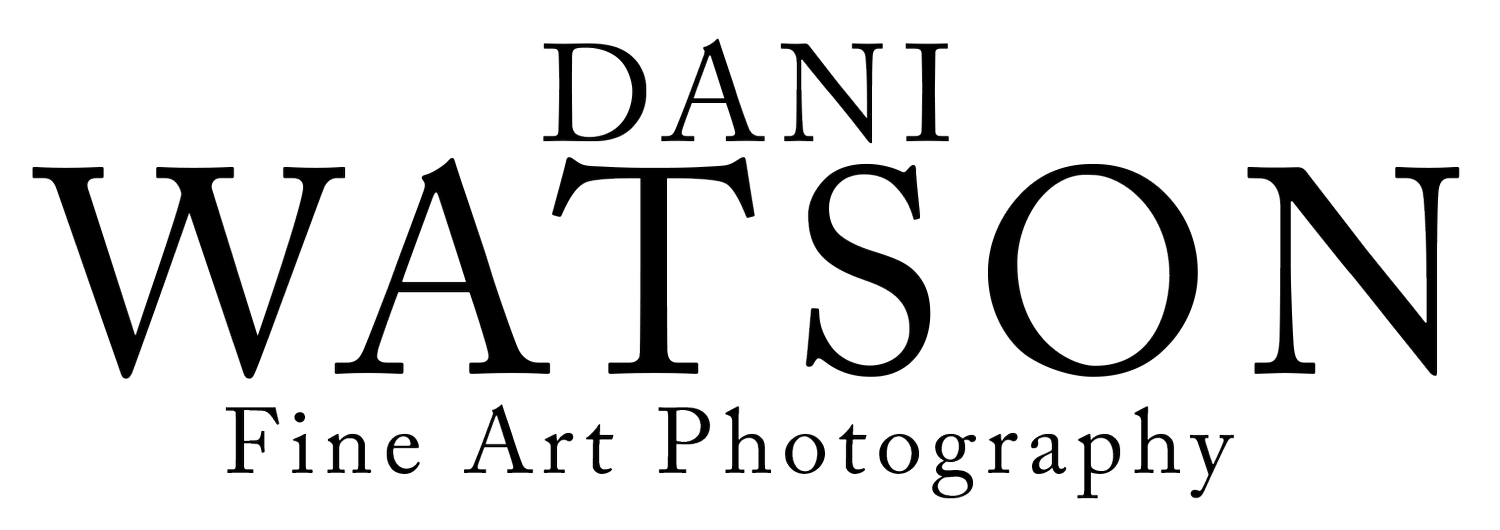RMIT Photography Exhibition
For almost all of us it was our first exhibition, 30 graduating students from RMIT VE Photography and Photo Imaging exhibiting their final folios and or there most outstanding photographic works.
The lead up to the exhibition is nerve wracking and you continually ask yourself questions like. Are your prints up to scratch? is your concept strong enough? Will my work draw attention? How will my work stand up against the other 30 students?
My exhibition was very far away from the type of photographer I thought I wanted to be, my exhibition was based on my final folio InstaFame. It was only a week before the exhibition I became more and more comfortable with the concept. The nerves were because it’s not what I see myself doing and I think the staff had more faith in it then probably I did.
It’s also because the exhibition is built into 3 components, Industry Night where RMIT invites photographers, studios and important people to view the years work. Opening Night where friends and family view your work in a more laid back setting and the exhibition itself where the general public can view.
I was very honoured to get the feedback I did from the exhibition. People wanted to engage and ask me questions. I learnt a-lot about the setup of the documentary and how to do it and what not to do. But overall, I really can’t thank RMIT enough for the support.
To the amazing 30 graduates, you are all going on to do some amazing things in the industry. I hope we will stay in touch and I will watch on as you all grow into successful professional photographers.
Exhibition Lessons Learnt:
1. Artist Statement
Whatever you do, have an artist’s statement. Never think that your work should speak for itself. An statement will anchor your work and thus accelerate the viewer’s understanding of your work, it will also allow the viewer to get to know you. Get a professional to read over your statement, are you rambling on, and can it be said in less words. Viewers genuinely want to read your story and know what you’re working on.
2. Know the story of your images
People will ask the story behind your images, the technical information and other details. If you have the space have a small story accompanying the images, if the viewer doesn’t understand the work this could also clear that up and maintain attention a little bit longer. The more you know about your work the longer they will engage.
3. Plan
Planning is key to ensure your images have space on the wall, draw it out within the space and prior to the exhibition walk out the space and lay images to make sure the exhibition flows.
4. Flyers and Business Cards
I budgeted $150 for 500 double sided DL flyers (10cm x 21cm) but to maximise the effect of my exhibition, I printed information on both sides. Business cards were also a great investment and something that didn’t appear cheap. Some of my fellow students only had business cards and some nothing and that seems crazy as it means half the amount to take home for viewers (who want to come away with something).
5. Drop into the gallery
I made an effort to drop into the gallery space to find out how it was going, but also I found it really great to engage with people about my work. People want to ralk to the artisit and want to know more. The chance encounters lead to more work and gave me more opportunity to pitch my work and become more confident pitching.
6. Believe in yourself
I had to believe in my work to exhibit it and from the response to date, I am so glad that I did. I wasn’t sure how it would be received and it gave me confidence to continue.
All images remain the copyright of ©Igor_Hill



